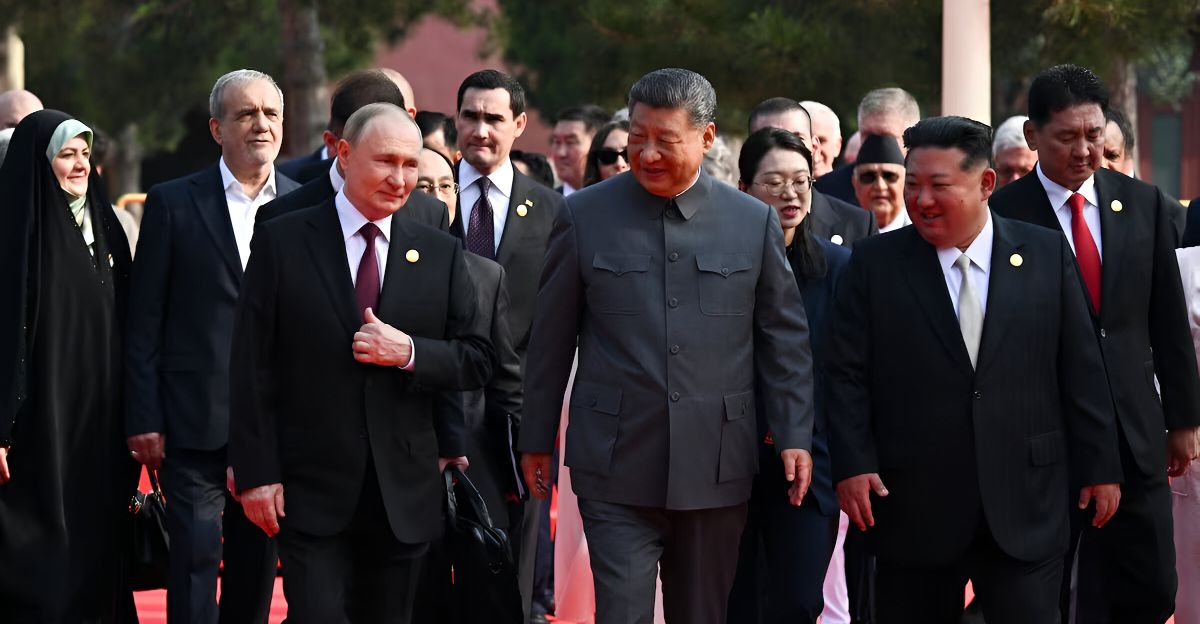
In early September 2025, three of the world’s most heavily punished leaders met publicly in Beijing for the first time. They attended a massive military parade that analysts said was the biggest one China has ever held.
China showed off powerful new weapons, including high-speed missiles, lasers, and nuclear rockets that can reach other continents.
Over 10,000 soldiers marched in front of more than 50,000 specially chosen viewers. Most Western countries refused to send leaders to watch, and only a few European representatives from Serbia and Slovakia showed up.
Parade Preparation: Cost and Disruption
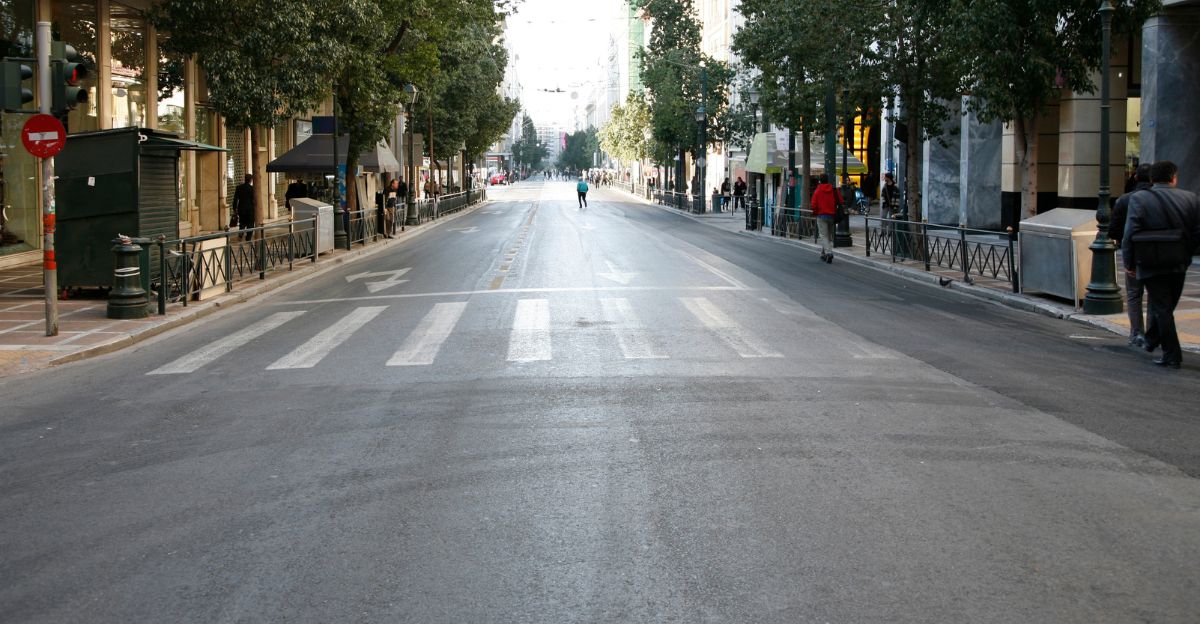
China reportedly spent $5 billion on putting together this massive parade, about 2% of what it spends in a year on its military. The money went into fuel, paying the workers, and even shutting down factories so the air would be clean for the event.
Beijing’s 21 million people faced strict controls, including closed roads, stopped subways, and bans on flying drones, turning the city into a locked-down fortress.
More than 200,000 flags were put up everywhere, and people living near the parade route were told not to use their balconies while the soldiers practiced. The whole thing showed that China is willing to disrupt daily life and spend much time showing off its strength.
An Event That Shifts Global Alliances
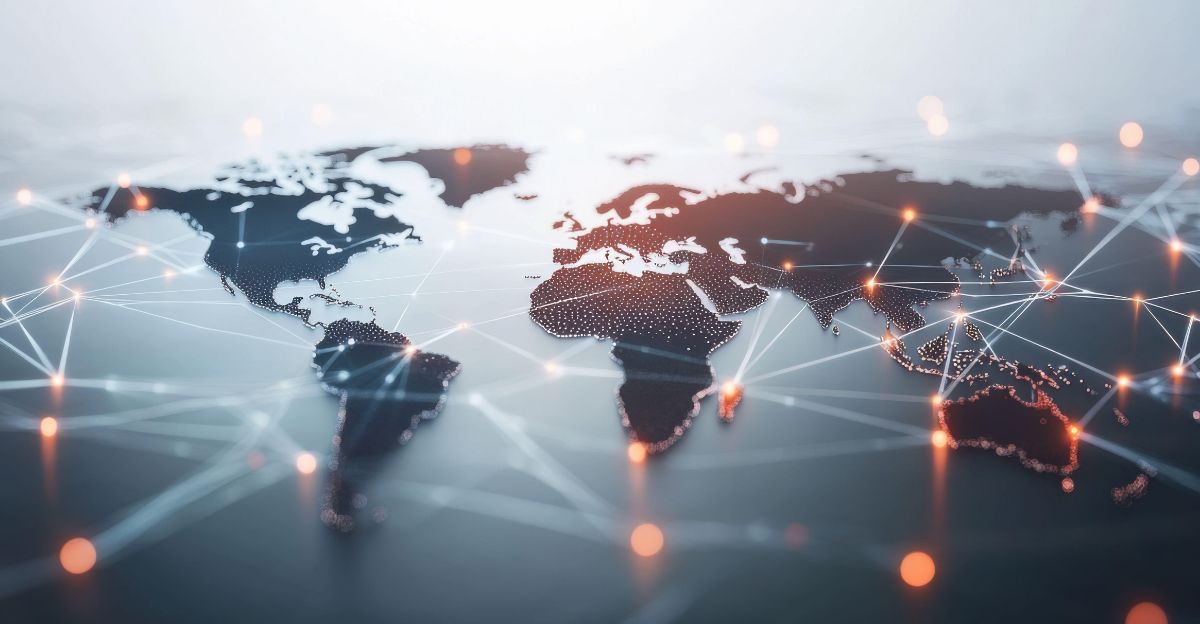
The parade was held to mark the 80th anniversary of the end of World War II, but China said it was mainly to celebrate its own victory over what it calls “Japanese aggression.”
Xi Jinping invited 26 foreign leaders to attend, most from developing countries looking for alternatives to U.S. leadership. Big countries that usually work more closely with the West, like India and South Korea, turned down their invitations.
Leaders from Iran, Myanmar, Zimbabwe, and several Central Asian countries were there. Who came and didn’t, highlighted that the world’s alliances are shifting, with some moving away from the traditional Western partners.
China Shows Off New Military Technology
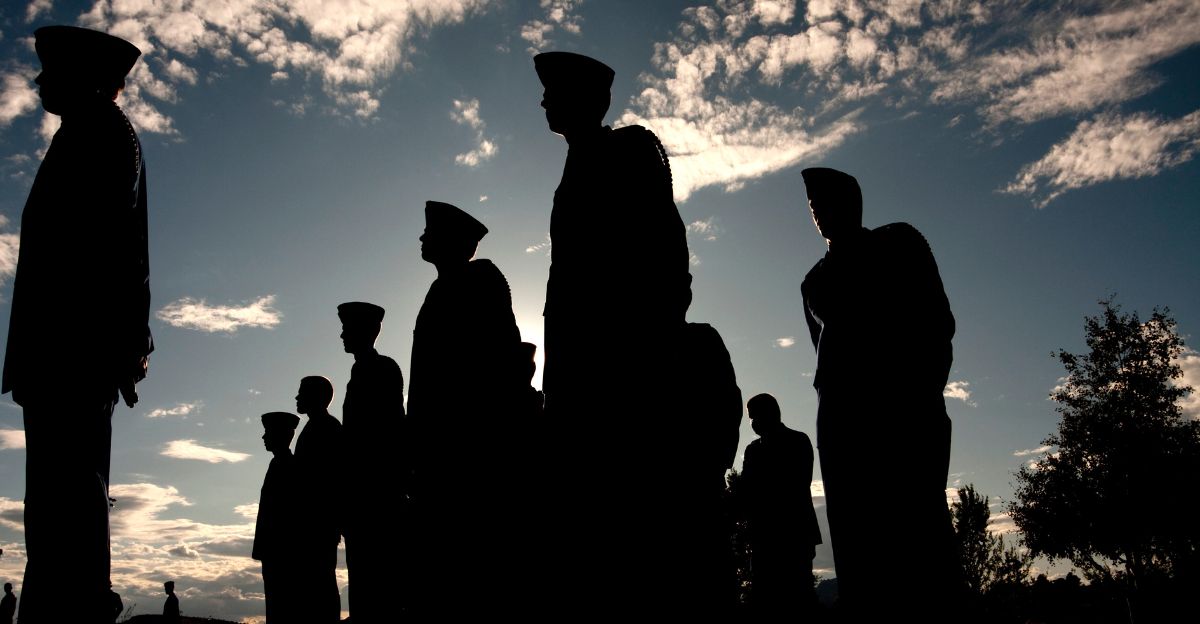
China showed off new weapons that had never been revealed in public. This included the DF-5C missile, which can travel anywhere on Earth and carry up to twelve nuclear warheads at once.
A truck-mounted laser gun that can knock out electronics and blind pilots was also shown. China also demonstrated robots, such as “wolves,” and a giant underwater drone for spying.
State TV announced that these weapons meant China could now strike anywhere and no longer had to buy its best weapons from other countries.
Three Leaders Stand United

For the first time in recent history, the leaders of China, Russia, and North Korea stood side by side in front of the world, symbolizing a new era of unity among powerful countries under heavy Western sanctions.
Xi Jinping walked between Putin and Kim Jong Un as they watched the parade, talking and laughing with both leaders. During the celebration, Xi declared that “the Chinese nation is a great nation that does not fear power and intimidation and is determined to stand its ground,” emphasizing China’s confidence and resolve in the face of global pressure.
Many experts called this the birth of an “Axis of Upheaval,” a group that could challenge Western power.
North Korea’s Troops Join Russia in Ukraine
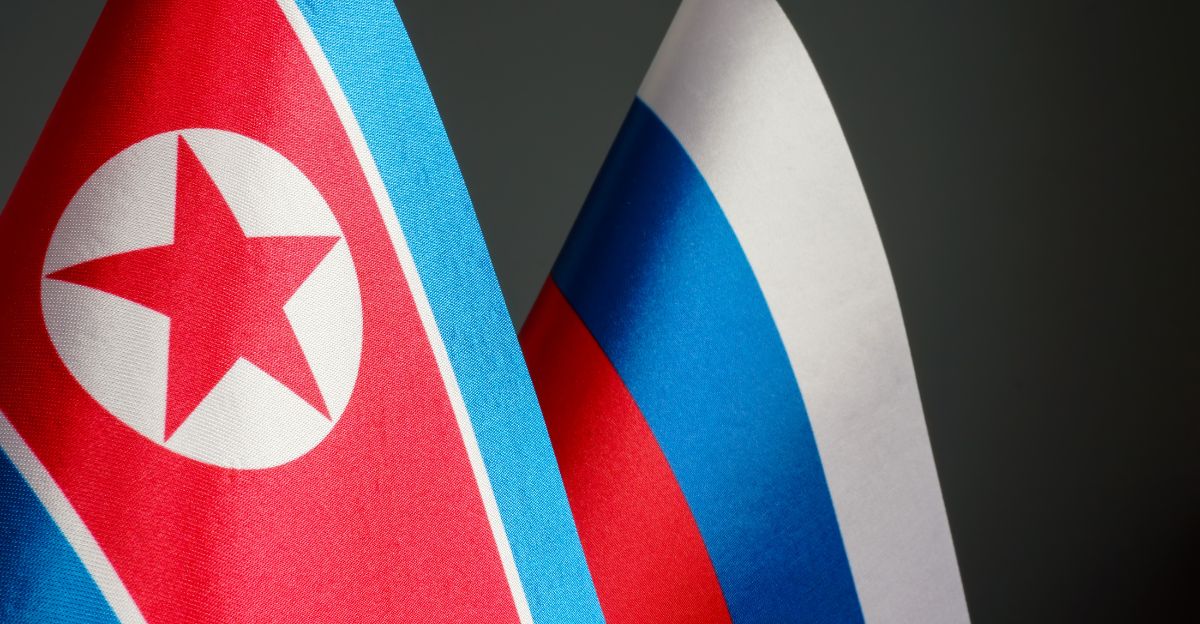
During the event, Putin thanked Kim Jong Un for sending North Korean soldiers to fight with Russian troops in Ukraine, especially in Russia’s Kursk region.
Kim responded by promising that North Korea “would fully support Russia’s army as a fraternal duty,” making clear their close bond and shared objectives. South Korean intelligence believes about 15,000 North Korean soldiers have gone to Russia, with roughly 4,700 hurt or killed, including 600 deaths.
This is North Korea’s biggest military operation outside its own borders since the Korean War, making a big difference in how the Ukraine war is playing out.
Dynastic Drama and Friendship
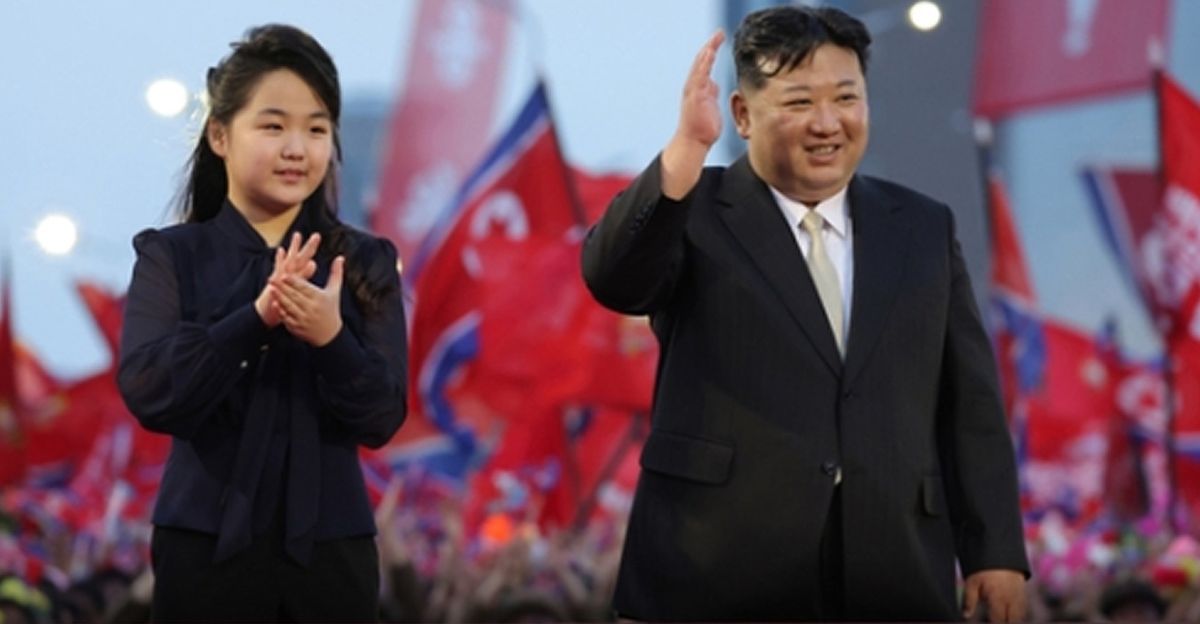
Kim Jong Un brought his teenage daughter Kim Ju Ae to Beijing, which was notable because it was her first international appearance. This led to talk about her possibly taking over someday.
Her presence with the three influential leaders shows North Korea is thinking far ahead. Putin and Kim even rode in the same car for private talks, showing how close they’re becoming.
By hosting both men, Xi Jinping proved he was the prominent group leader, and other anti-Western countries now looked to China for direction.
China’s New Role As an Arms Seller
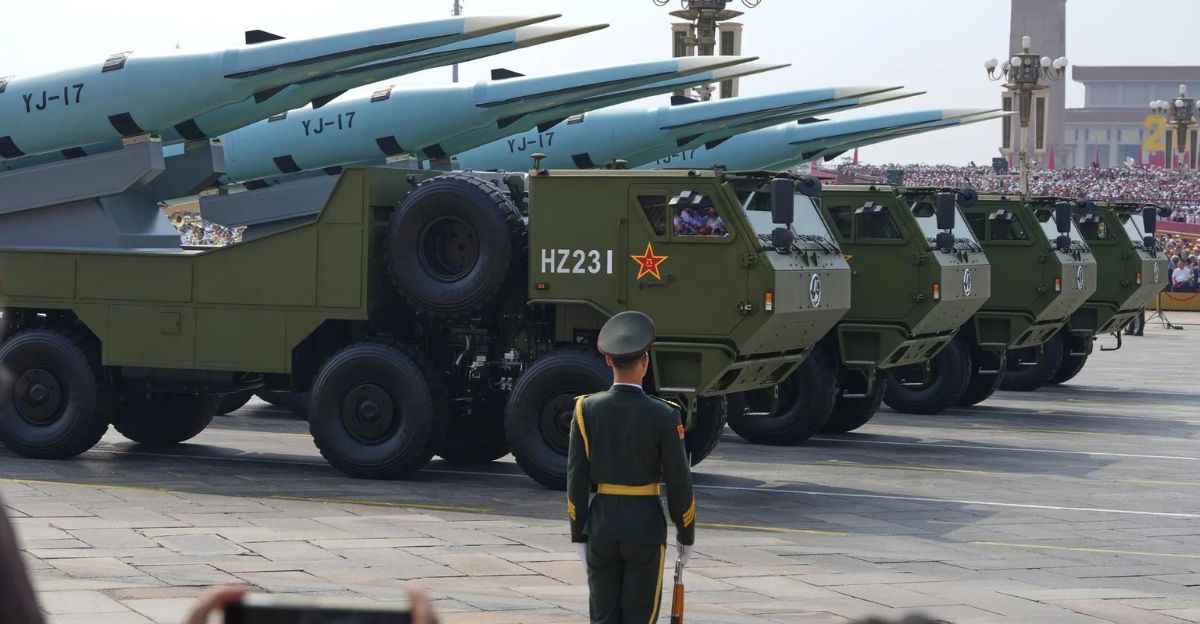
The event was also a big showcase for China as it tries to become a top seller of weapons worldwide, hoping to make $3.2 billion per year from arms sales to many countries.
Experts noticed that China isn’t importing much weaponry anymore but is trying to sell more, although it still trails the U.S. and Russia in sales.
The parade acted like a giant shop window for China’s newest military tech, letting visitors see and maybe decide to buy. It was a display of both diplomatic power and industrial strength.
Peaceful Words, Powerful Weapons
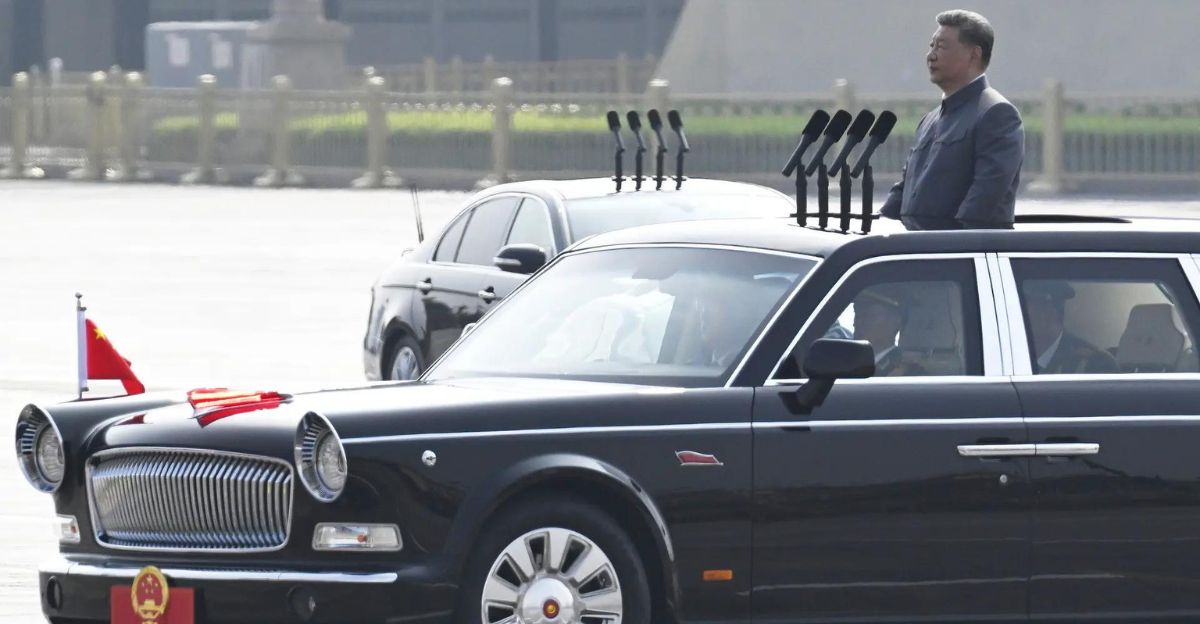
In his speech before the vast crowd, Xi Jinping highlighted a pivotal choice for the world: “Today, humanity faces the decision of peace or war, dialogue or confrontation, win-win or zero-sum.”
Echoing this theme, he added, “Humanity is again faced with a choice of peace or war, dialogue or confrontation, and win-win outcomes or zero-sum games.” He claimed that China wanted peaceful progress, even though he displayed the most advanced military technology.
Many developing countries liked this message, and China cast itself as a calm alternative to the U.S., even though the parade was all about military power.
Mixed Messages from President Trump

U.S. President Donald Trump responded openly on social media, writing, “Please give my warmest regards to Vladimir Putin, and Kim Jong Un, as you conspire against The United States of America.”
This accusation confirmed fears in the West about the trio’s goals and suggested he felt directly targeted by the parade’s message.
Although Russian officials denied there was any plot, Trump later praised the parade’s beauty but noted its provocative message. His mixed messages demonstrate the complicated relationship between these countries.
Extreme Security for Kim Jong Un

After Kim Jong Un met with Putin, North Korean staff carefully wiped down anything Kim touched, like chairs and glasses, to keep away possible spies or germs and to prevent anyone from learning about his health.
Intelligence experts think this shows how secretive and cautious Kim’s regime is. The video even caught these cleaning rituals.
According to Japanese sources, Kim also brought his own toilet on his armored train to Beijing to ensure no one could learn about him by studying his waste.
Global Alliances in Transition
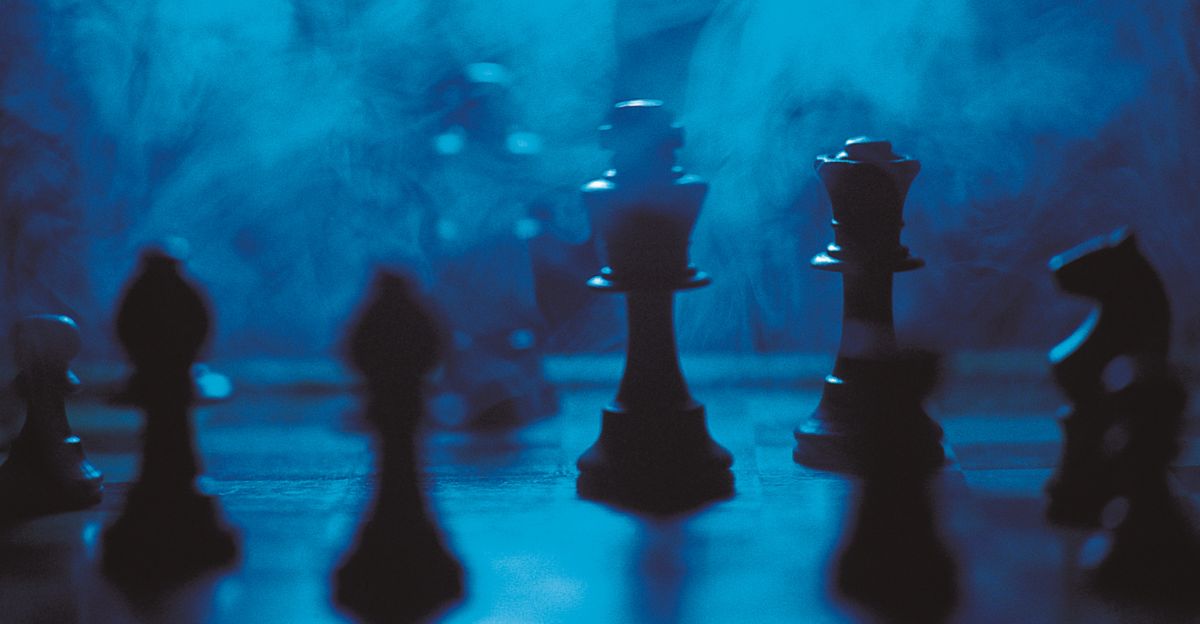
This meeting happened when U.S. alliances changed because of Trump’s “America First” approach. Xi tried to present himself as a new kind of global leader at a meeting of the Shanghai Cooperation Organization right before the parade, setting up new ways for countries to work together.
Putin also got new gas deals with China, while Russia and North Korea signed a broader security agreement last year.
Each leader had their own goals, but they showed the world they could stand up to Western pressure and sanctions.
China Rises in High-Tech Warfare
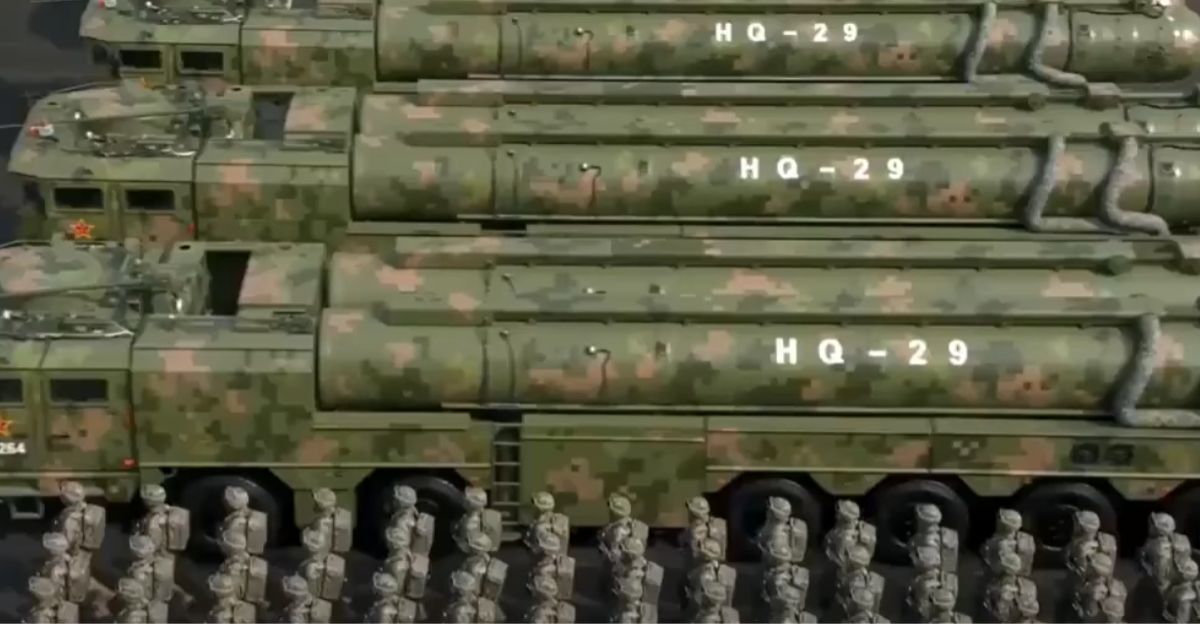
The parade also showed China’s rapid military changes under Xi, with traditional armed forces joined by high-tech space and cyber units.
The crowd saw the HQ-29 system, which can destroy enemy satellites, and new super-fast missiles that could threaten U.S. Navy ships. China also displayed advanced microwave and laser weapons meant to defeat modern American military tools.
This event proved that China is investing much money and effort into future warfare technologies to close the military gap with the United States.
Reactions from China’s Neighbors
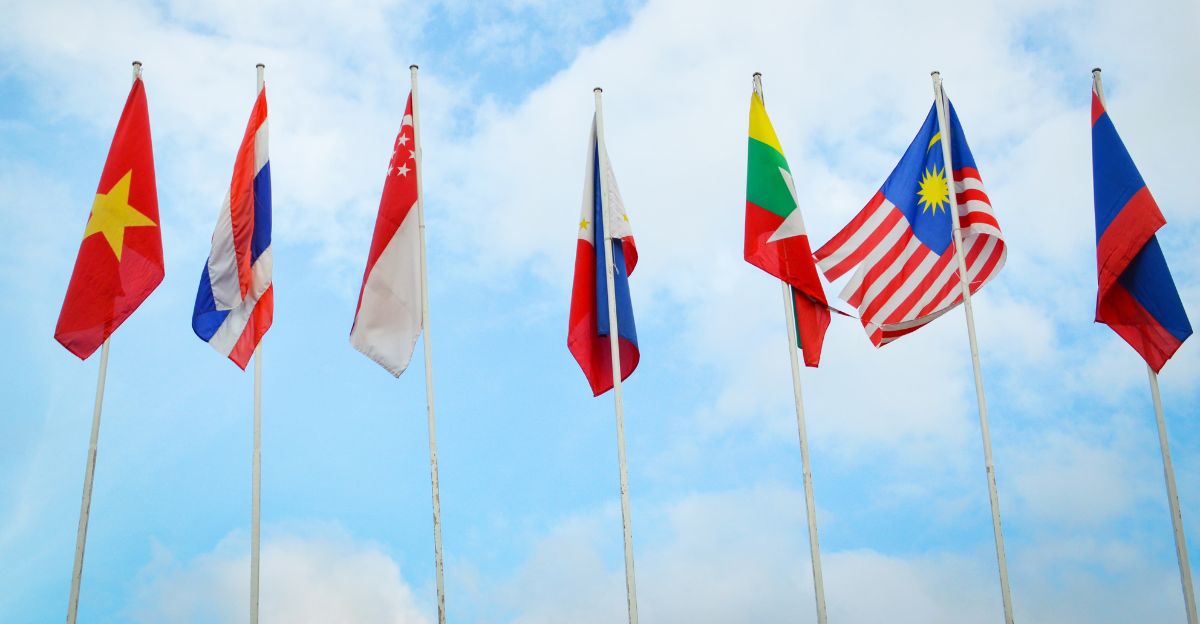
Not all of China’s neighbors were impressed or supportive. South Korea’s leader said no to the invitation and met with President Trump instead to talk about ways to deal with North Korea’s nuclear program.
Japan didn’t say much about the parade, even though the event was partly about Japan’s WWII defeat.
Taiwan criticized the money spent on the parade and accused China of rewriting history. Nearby countries worried that China’s new military strength directly threatens them and could shake up partnerships across the Pacific.
Will a New Alliance Form?
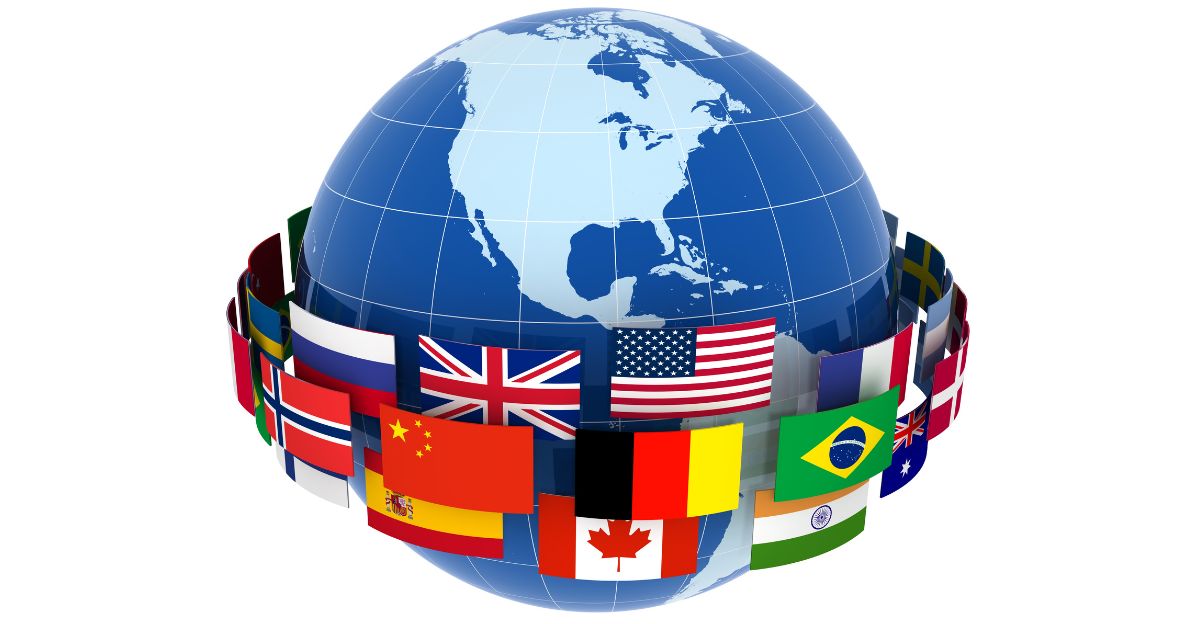
The unusually open display of unity between China, Russia, and North Korea has people wondering if they will form a whole military alliance in the future rather than just work together through separate deals.
Russia and North Korea have a formal defense pact, and China has strong ties with both, but now intelligence experts want to see if the three will meet more often or hold joint military drills.
Just months after Trump returned to power, the timing suggests they’re trying to put more coordinated pressure on the U.S. as the world’s power balance keeps changing.
U.S. Investigations Begin
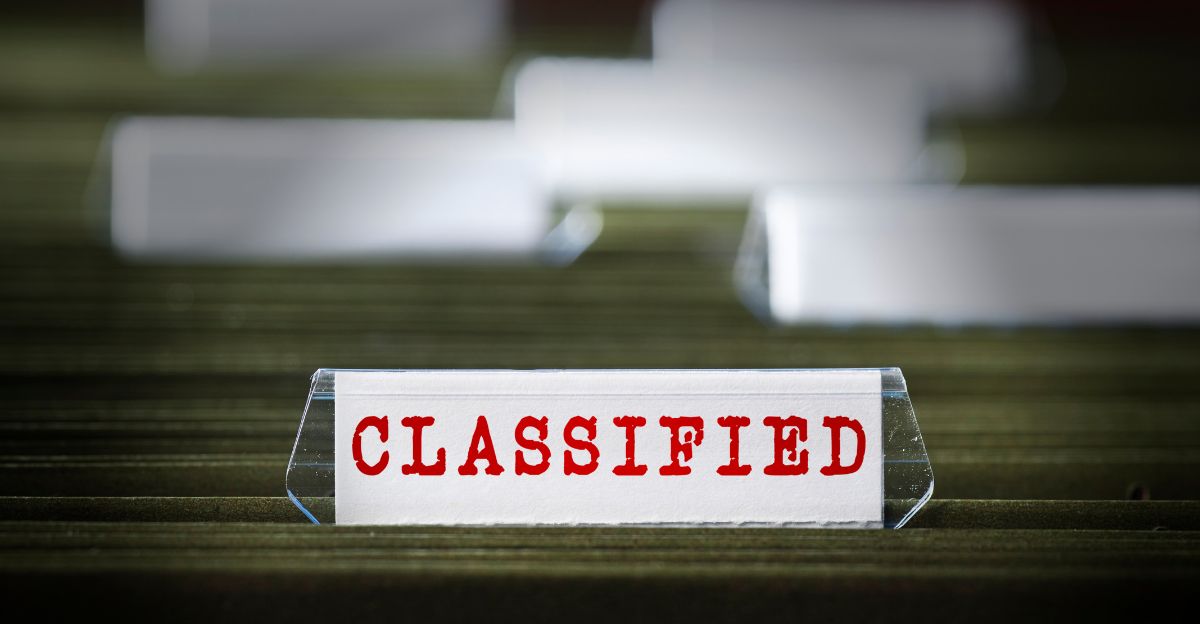
In the United States, Republican lawmakers said they will start hearings on China’s growing military power and its closer relationship with Russia and North Korea. U.S. military leaders are especially concerned about how the three might share information about space or computer warfare.
New sanctions may be placed on Chinese businesses that help Russia’s war effort. U.S. defense officials might also speed up their own weapons work after seeing new Chinese systems that were unknown before.
A New Wave in the Arms Race
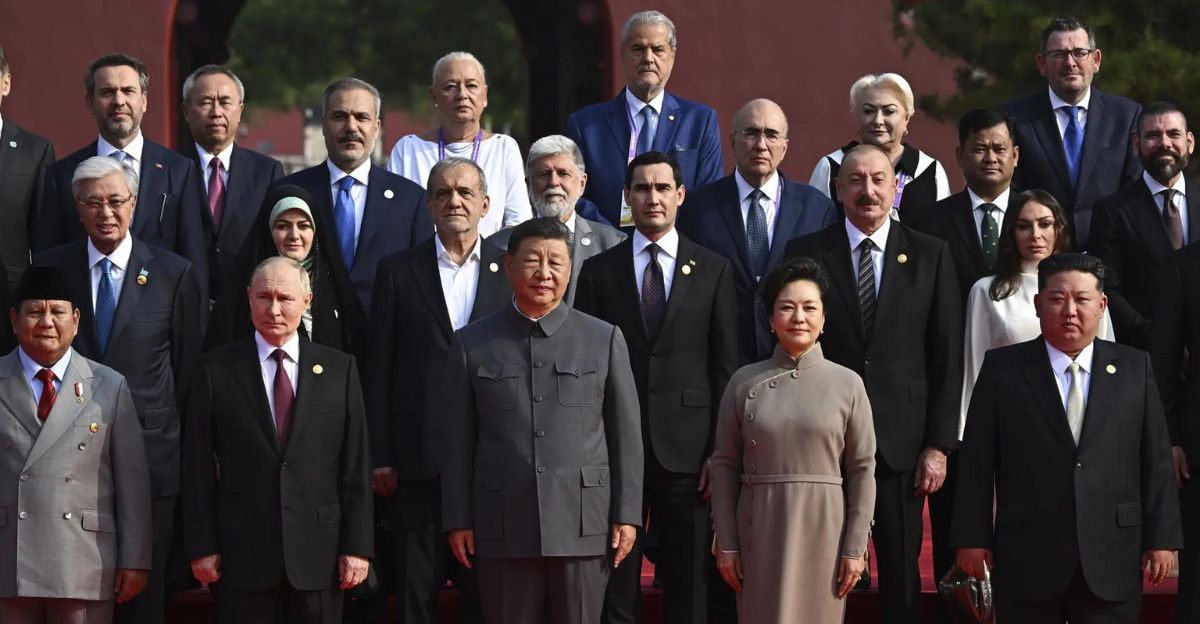
China’s military showcase has led America’s allies to reconsider their defenses, especially against advanced missiles and space weapons. Japan announced it is speeding up new missile shield programs, and Australia might get new submarines sooner.
Weapons companies around the world are watching China’s breakthroughs with lasers and fast missiles, realizing these could change how wars at sea are fought.
The parade served as a warning and a marketplace for competing military industries.
Nationalism and Online Hype

China’s social media was filled with proud messages about the parade. Many Chinese celebrated their country’s new position in the world and the technology on display.
Western experts noticed that many online posts seemed to be coordinated by the government to boost support at home. Some false information spread about how substantial or far-reaching the new weapons are, so fact-checkers worked hard to sort out the truth from hype.
Meanwhile, debate over whether the parade changes China’s real power continues.
Lessons from Past Alliances
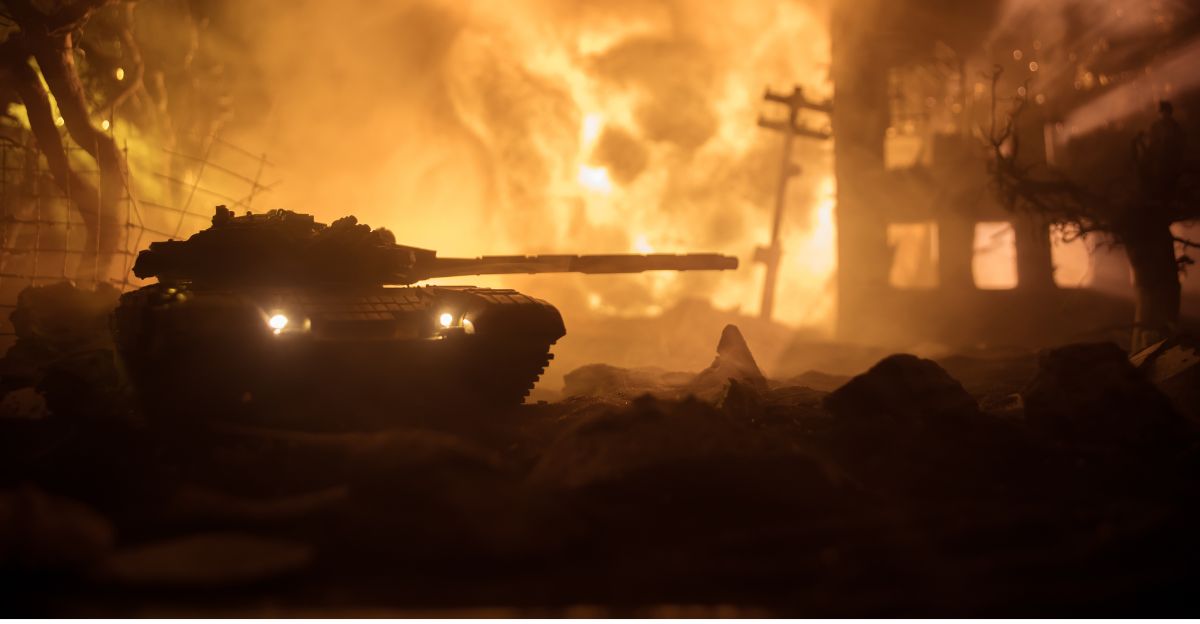
The last time countries like these joined together to show military power was during the Cold War, when Soviet allies held big joint parades and exercises.
Today, the new alliance is based less on shared beliefs and more on practical cooperation to challenge Western influence. Although some people compare this to the alliances formed among fascist countries in the 1930s, it’s not the same, since the world economy is more connected and nuclear weapons have changed the risks.
The parade reminded people of Soviet military shows, but with modern technology playing a bigger role now.
An Emerging Power Bloc
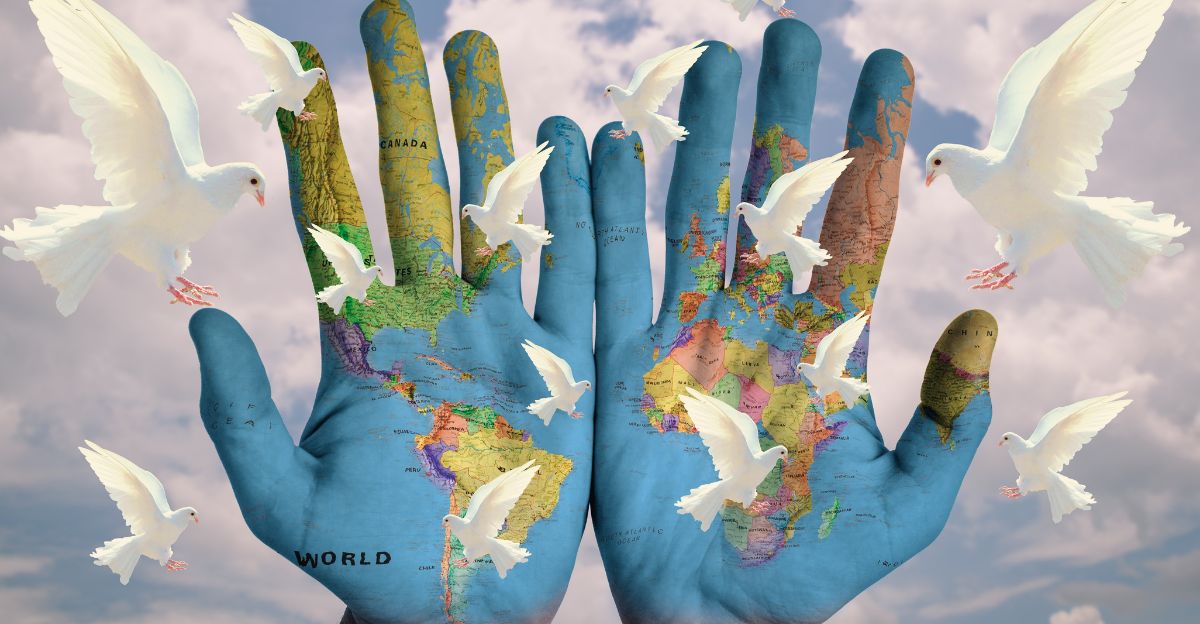
China’s giant parade changed how the world sees the growing partnership between China, Russia, and North Korea. Xi Jinping used the event to clarify that he was in charge of countries opposed to the West and had the military power to back it up.
The public appearance of Putin and Kim next to Xi showed that their cooperation was now open and coordinated.
For the first time since the Cold War ended, a real group with the means, money, and political will to rival the West has emerged, and they’re ready to reshape global rules.